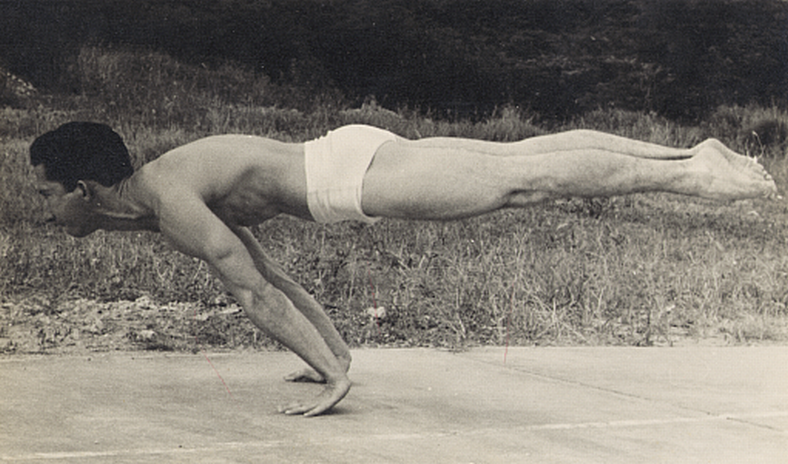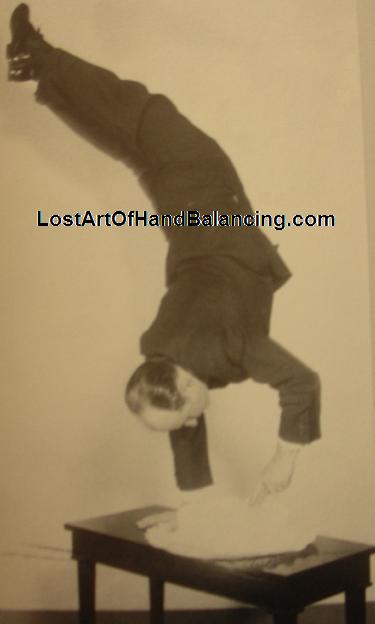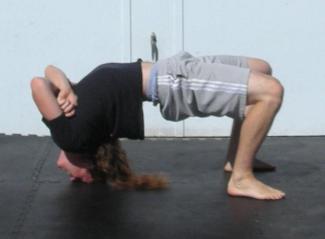Last summer I was traveling through Europe with a group of friends. We were in San Sebastian waiting to go to Pamplona for the running of the bulls.
There were several hours to kill before the train would arrive and take us off.
So we decided to play some football in a nearby park. (Finding an American football in Europe wasn’t easy but that’s a story for another time.)
Since the only place we could find was a field of half grass and half granite, we played two-hand touch rather then tackling each other. Still, being men it was bound to get rough. And of course highly competitive.
A little three on three action. The whole game was a tight battle for the lead.
And it was going smoothly until a certain kickoff.
The kick was high and short. As we scrambled forward to catch it, the other guys were rushing towards us. The ball hit the ground and bounced high up into the air.
I leaped upwards. I don’t know how exactly it happened, or who hit me, but my feet were taken out from under me sending me spinning.
Six feet up in the air I turned over and came crashing down onto the packed ground, the back of my head being the first point of contact. THUMP!!
I’m not gonna lie and say it didn’t affect me. It did. I was stunned and had to take some time out of the game. But within an hour I was fine.
Meanwhile one of my friends pulled a neck muscle by looking over his shoulder for a pass. Seriously.
But how did I avoid what certainly would should have been a concussion? How was I fine in just an hour but my friend had a nagging injury for months.
Its how I train. The neck and spine are often neglected by most people even if they do otherwise train their body.
All my neck training is done from the wrestler’s bridge. But I don’t just hold the position for time. I’ve developed a series of exercises that will give you one of the strongest necks in the world.
But that’s only part of the equation. There’s also the gymnastic bridge. Few exercises work the body from fingers to toes like this one. Especially when you consider the flexibility and agility to move into and out of position with ease.
Considering how I started so inflexible and weak many years back, its amazing some of the things I can do now. And now you can do it to.
Go to Advanced Bridging to find out more.
Be sure to watch the video to really see what is possible with a few bridging movements.
This is a special offer and your only notice. Come Friday morning the page is coming down. So go check it out while you have a chance.
Good Luck and Good Bridging,
Logan Christopher
P.S. On first appearance to many people the bridge in its many forms can appear injurious and dangerous. But if you go about it the right way not only will you build strength and flexibility, you can become concussion-proof. You’ll find out more at Advanced Bridging.









